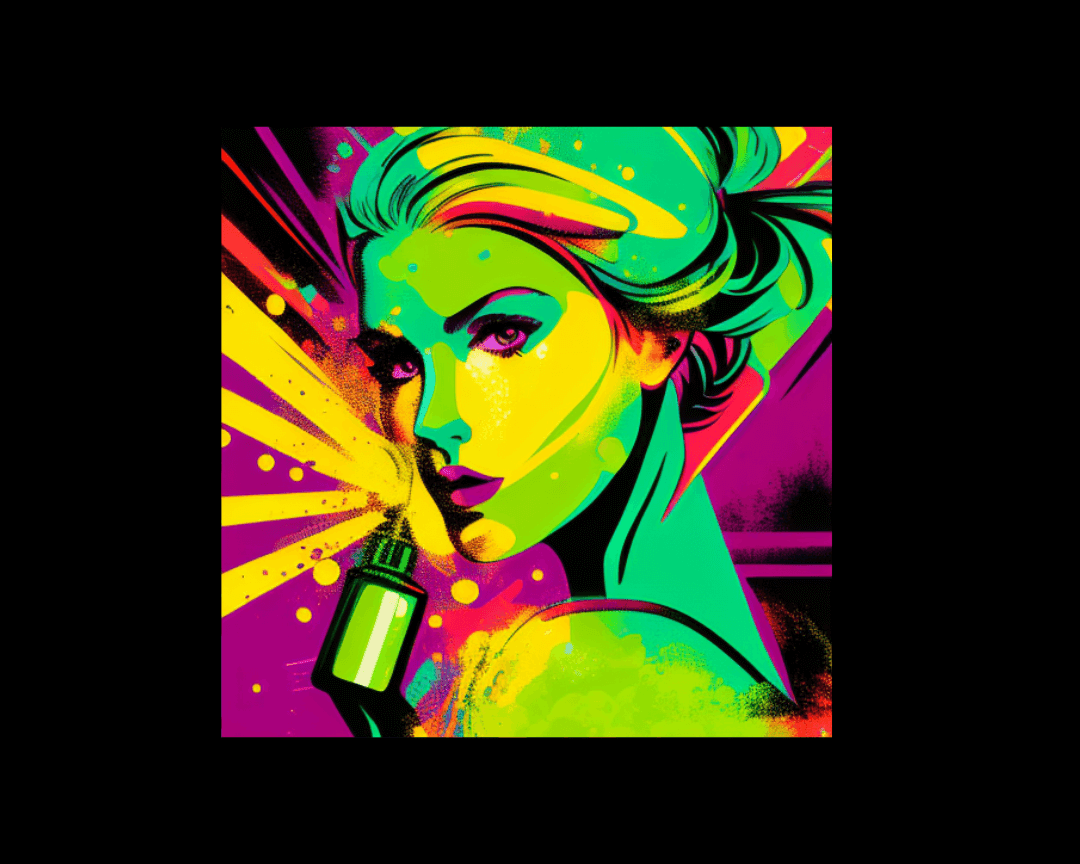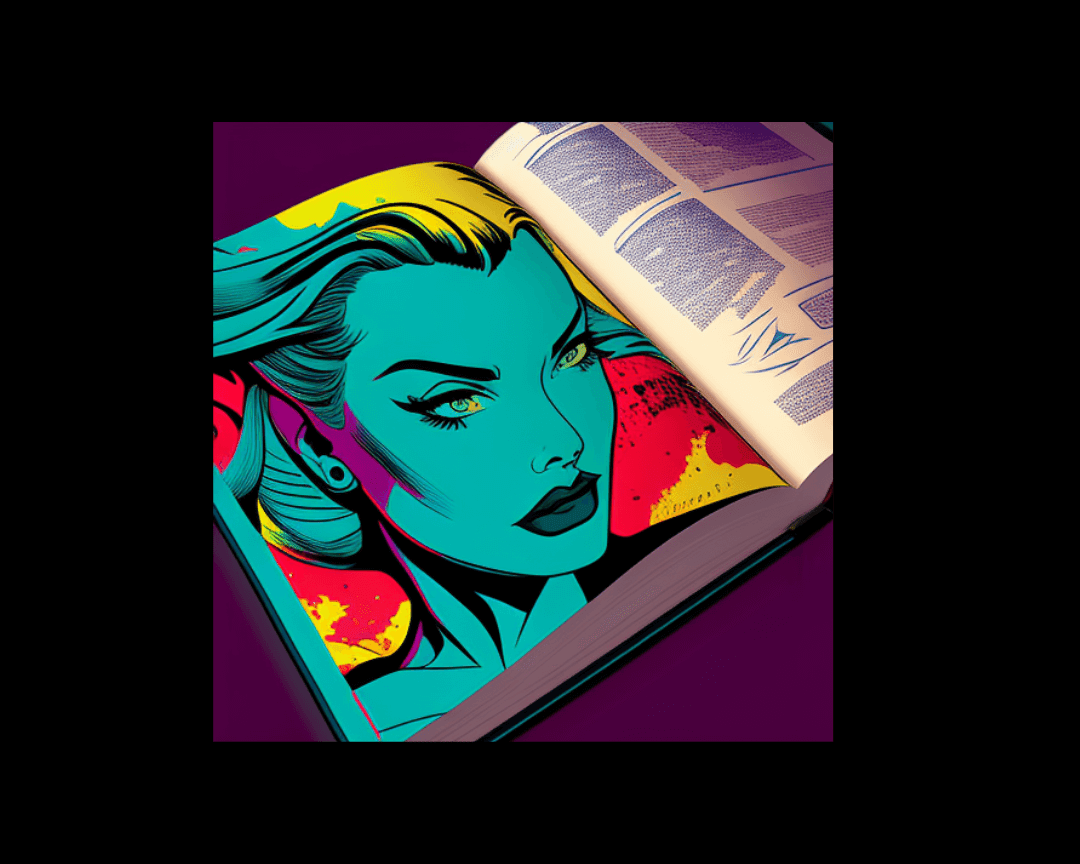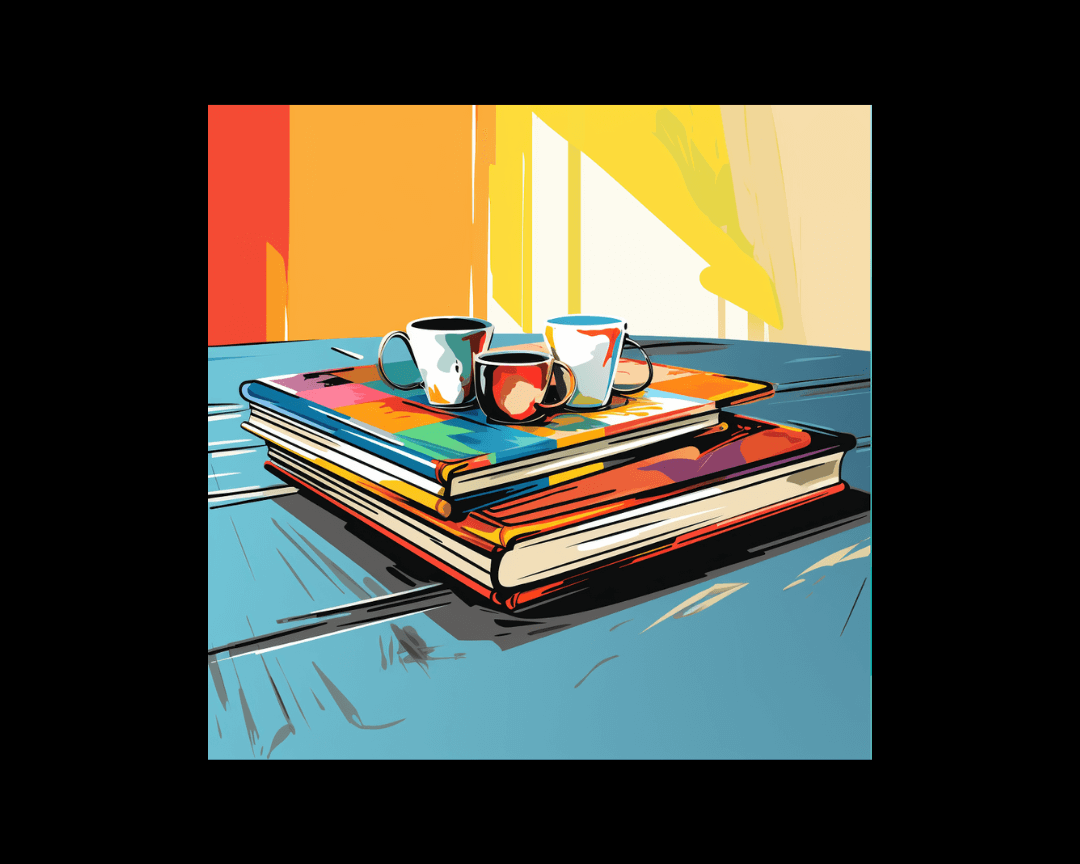Tips for Using Metaphors in Copy
Copy and poetry don’t have a lot in common. In fact, they might be more disparate in purpose than any other two types of writing. While copy...

Sensory writing sparks a reaction, adding bursts of flavor to copy that might otherwise lull readers into a slumber. Sensory language engages the five senses and can be enormously effective in any type of writing — including business writing. Read on to learn how you can make dull language spring to life with the magic of sensory writing.
Fiction writers and poets are often taught the following: “Show, don’t tell.” This concise yet crucial piece of writing advice centers around inserting readers into the full experience on the page. Simply out, rather than explaining the events in a factual way, you want to use the strongest, most engaging language available to you. Let’s look at an example of the same events related without — and then rewritten with — sensory language.
Julia sat down and put her head on the table. She was tired and sad, and the furniture around her was old and neglected.
This telling is quite boring and the descriptive language is broad. The reader gets an abstract idea of the scene, but it doesn’t feel like we’re there in the room with Julia. We don’t have a sense of what the chair looks like or just how tired Julia really is. Let’s try it again.
Julia collapsed onto the rotting wooden stool. She felt the wood crack under the weight of her sorrow, its sharp split sending a jolt up her spine. She dropped her forehead onto the yellowing placemat with a thunk and sighed out a shuddering gush of hot breath.
In this instance, no one has to explain to us that the furniture is neglected — we can infer it from detailed descriptors that evoke a sensory reaction. We also get a much clearer sense of Julia’s state of mind, and it’s easier to feel how sad and tired she is.
Sensory writing works anywhere. Whether in a novel, poem, tutorial or professional bio, mastering sensory language will help you engage your readers and stand out from the crowd. The food industry has long understood how effective tantalizing the senses can be. Just think of those mouth-watering fast food commercials that make you crave a burger right after lunch. Menu items with sensory language in their descriptions are more likely to sell than items without such descriptors.
Research shows when our brains process sensory language, different regions light up, as opposed to when simply reading factual, non-sensory text.
Descriptions that evoke the senses give us spot on information about what something looks like, sounds like, feels like or smells and tastes like. Sensory language can take something broad or abstract and make it concrete by adding depth of detail. If I were to describe a person who is simply laughing, each reader might picture something different. Laughter is a broad concept. There are many different ways and reasons to laugh, and each type of laughter gives the situation some context. If, instead of “laugh,” we used something more specific to evoke the sense of hearing, the reader would picture something very different indeed.
How might our sense of a “laugh” change if we replaced it with one of the following types of laughter:
Each descriptor invites us to imagine the kind of person who might laugh this way, to really hear the laughter in our minds and get curious about the reason behind the laughter. This is how sensory language can work to invite a reader into a written experience.
To create effective sensory writing, it’s important to avoid using too many adjectives when describing an event, scene or product. Be precise and select the strongest, most specific words you can find to get your message across. It’s also best to avoid well-known sensory cliches, like describing something as “pitch black.” Instead, try to invent new, refreshing ways to describe familiar concepts.
When practicing sensory writing, it’s a good idea to pause, observe and absorb your surroundings, bringing your full awareness to what you see, hear, smell, taste and feel, then hunt for the words that most accurately describe your surroundings.
I will leave you with this enchanting example of sensory writing from Braiding Sweetgrass by Robin Wall Kimmerer:
You could smell ripe strawberries before you saw them, the fragrance mingling with the smell of sun on damp ground. It was the smell of June, the last day of school, when we were set free, and the Strawberry Moon, ode’mini-giizis. I’d lie on my stomach in my favorite patches, watching the berries grow sweeter and bigger under the leaves. Each tiny wild berry was scarcely bigger than a raindrop, dimpled with seeds under the cap of leaves. From that vantage point I could pick only the reddest of the red, leaving the pink ones for tomorrow.
Note how this passage drops the reader right into the scene with the character, and how Kimmerer’s descriptions evoke images that stick with you and linger.
Engaging audiences with sensory writing isn’t limited to purely artistic pursuits. Bringing the senses into business writing, bios, headlines, web copy, product descriptions, etc., can be instrumental in helping you stand out from the crowd.
If you’re in search of an expert writer to make your copy sparkle, contact our team today.

Copy and poetry don’t have a lot in common. In fact, they might be more disparate in purpose than any other two types of writing. While copy...

At Hire a Writer, we have “Two Things Tuesday.” Every Tuesday, Joy comes up with a prompt that requires all of us to answer two things. I look...

2 min read
Writing is a canvas for artistic expression, and just as there are countless ways to paint a picture, there are a myriad of writing styles...